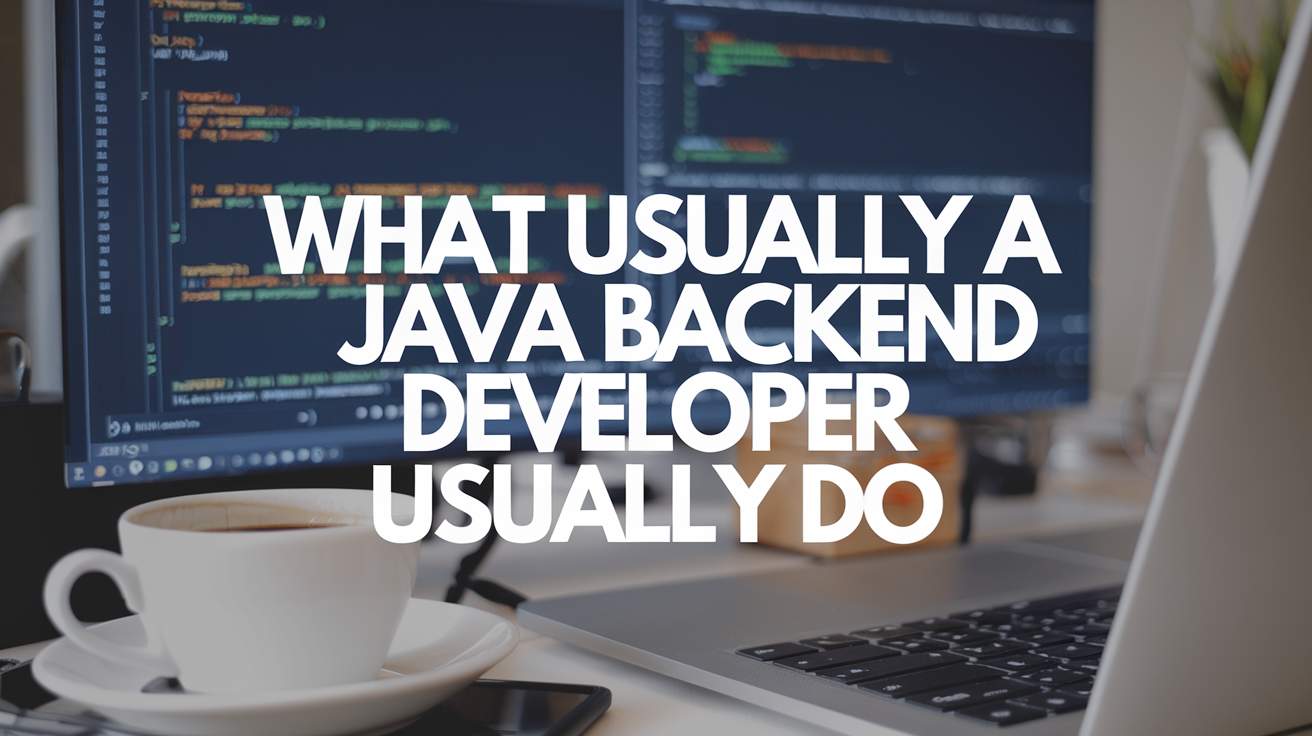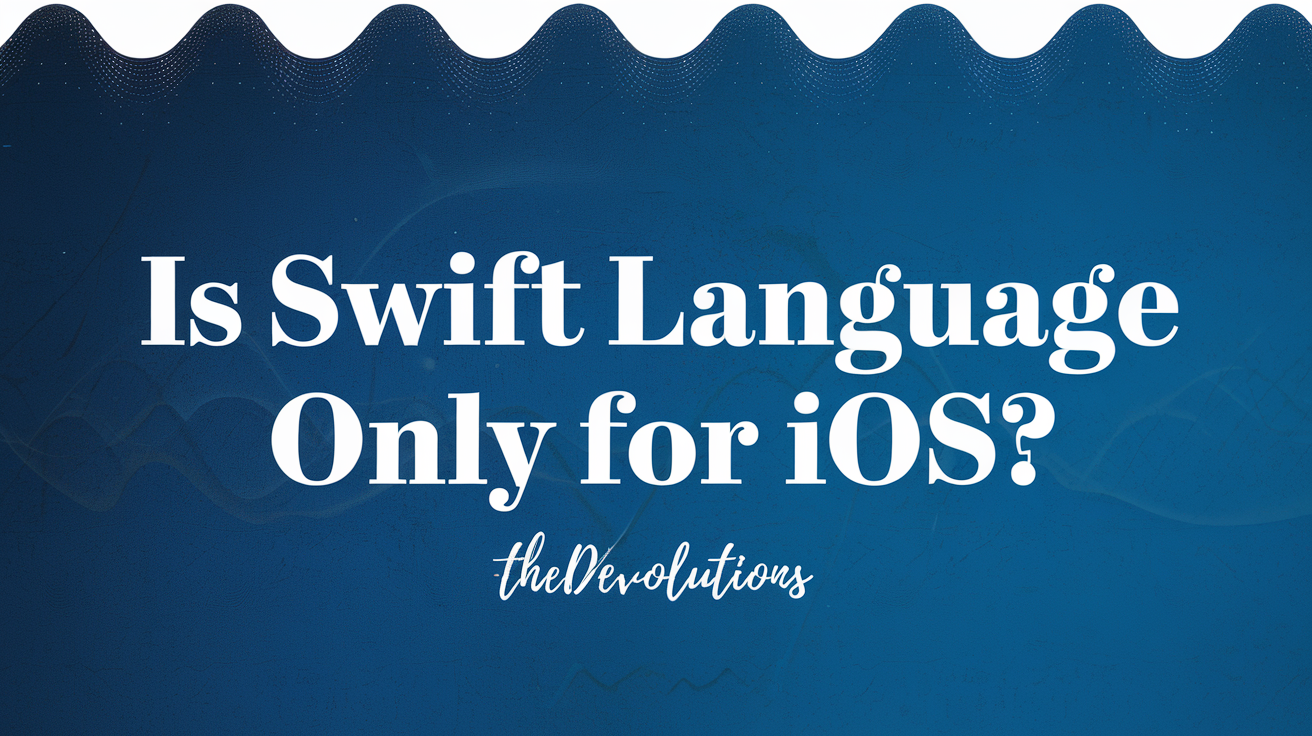How Trello and GitHub Integrate with Our Development Process
Kamalpreet Singh - July 29, 2024, 9:53 AM

In today’s fast-paced development environment, utilizing the right tools can significantly enhance productivity and streamline workflows. At 01Synergy, we have successfully integrated Trello and GitHub into our development process, ensuring seamless project management and efficient collaboration. Here's how these powerful tools work together to optimize our development cycle.
Trello for Project Management
Trello is a versatile project management tool that allows us to organize tasks visually using boards, lists, and cards. Each project starts with a Trello board, representing the entire project workflow. Within these boards, we create lists for different stages of the project, such as "To Do," "In Progress," "Code Review," and "Done."
Cards on Trello lists represent individual tasks or features. Each card contains detailed descriptions, checklists, due dates, and attachments. Team members can add comments, making it easy to discuss specifics and share updates. By using Trello, we maintain a clear overview of the project status, ensuring that no task is overlooked.
GitHub for Version Control
GitHub is our go-to platform for version control and collaboration on code. It provides a centralized repository where all code is stored and managed. Each project in GitHub has its repository, which tracks all changes and updates made to the codebase.
Developers work on features or bug fixes in separate branches, creating pull requests to merge their changes into the main branch. These pull requests are reviewed by peers, ensuring code quality and reducing the likelihood of bugs. GitHub also facilitates continuous integration and deployment (CI/CD), automating testing and deployment processes.
Integrating Trello and GitHub
The integration of Trello and GitHub brings together project management and version control, creating a cohesive development environment. By linking Trello cards to GitHub issues or pull requests, we achieve real-time synchronization between task tracking and code development.
Here’s how we leverage this integration:
- Task Creation and Assignment: Tasks are created in Trello and assigned to developers. Each Trello card can be linked to a corresponding GitHub issue or pull request, ensuring clarity and context for the task.
- Status Updates: As developers work on their assigned tasks, they update the status on Trello. When a pull request is created or an issue is resolved in GitHub, the linked Trello card is automatically updated, providing real-time insights into the project's progress.
- Automated Workflows: We use webhooks and third-party tools like Zapier to automate workflows between Trello and GitHub. For instance, moving a Trello card to the "In Progress" list can trigger the creation of a GitHub branch, streamlining the transition from task planning to development.
Benefits of Integration
The integration of Trello and GitHub offers several benefits:
- Improved Collaboration: Enhanced communication and collaboration between project managers and developers.
- Transparency: Clear visibility into project progress and individual task statuses.
- Efficiency: Automated workflows reduce manual effort and speed up the development process.
In conclusion, the integration of Trello and GitHub is a game-changer for our development process at The Devolutions. By combining the strengths of both tools, we ensure a more organized, efficient, and collaborative environment, leading to successful project deliveries and satisfied clients.






